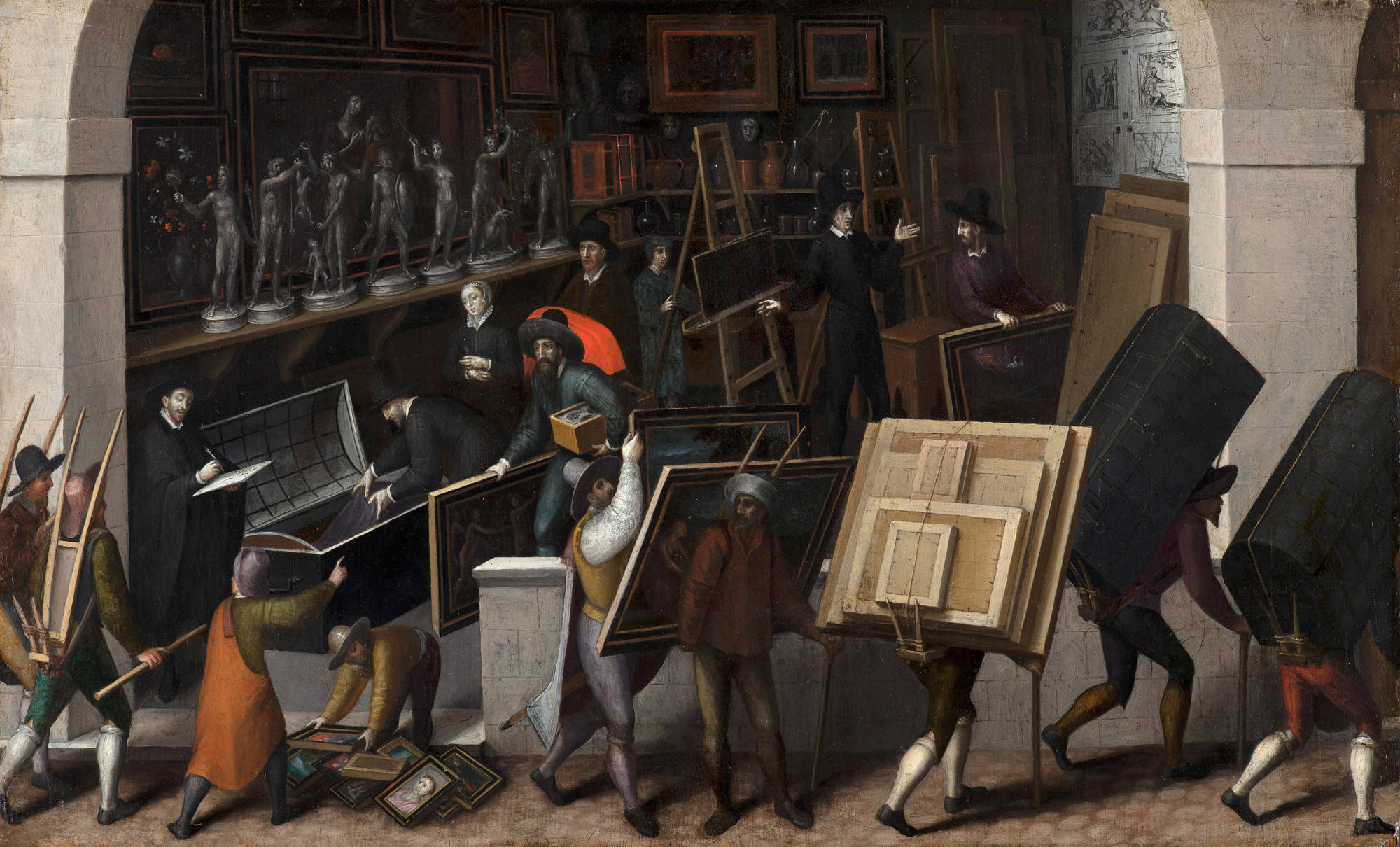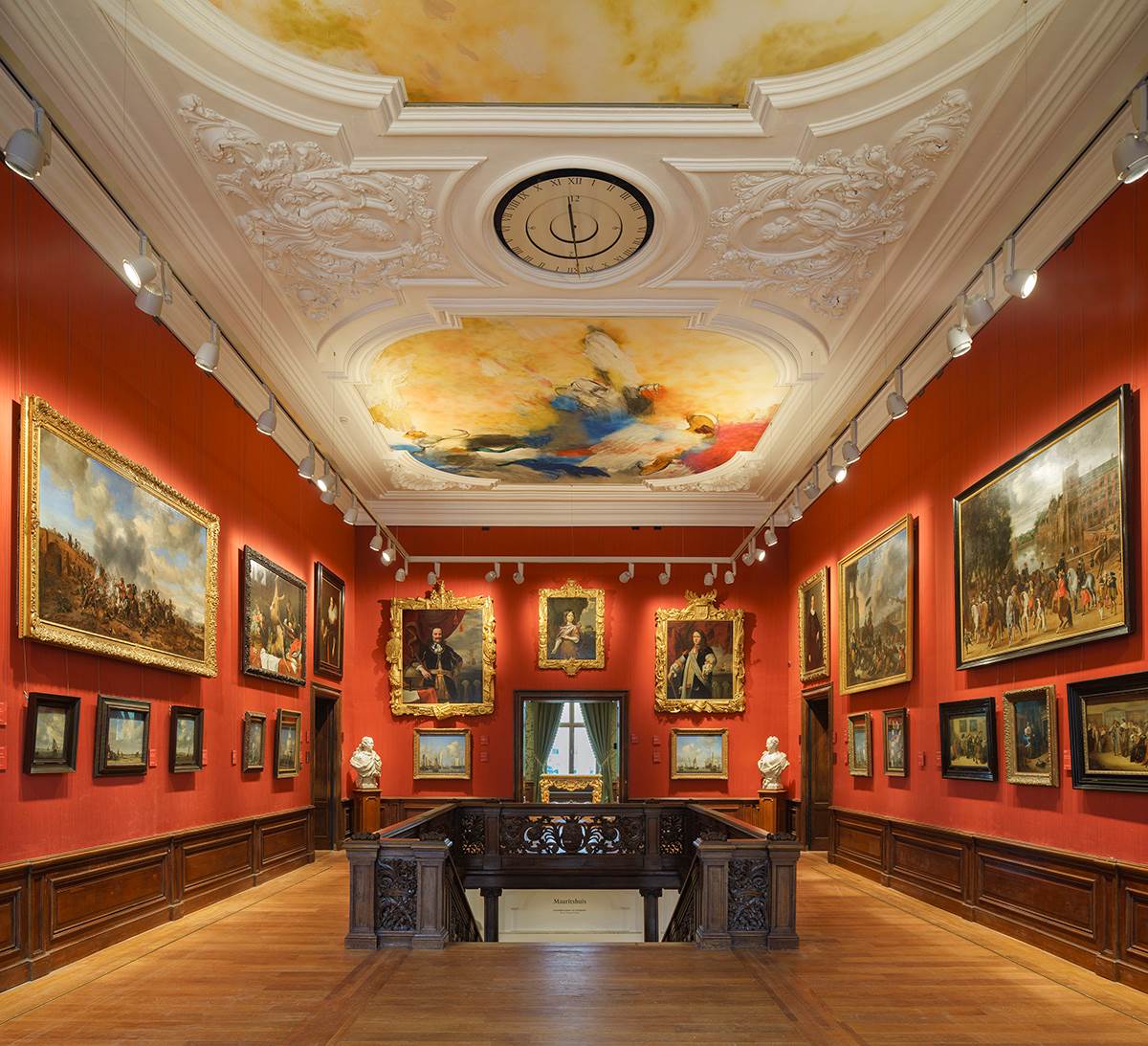Looted art is art stolen in a context of violence. Often during wars, such as the French Revolutionary Wars or World War II, and during colonialism. To show how powerful they were, colonisers and warlords robbed societies of their art treasures.
Most of that art ended up in European museums, where today they don’t really know what to do with it. Then give it back, you might say. But that is easier said than done.
Sometimes it is impossible to find out who the owner was. Sometimes an object has been sold, bartered or given away by force. In this story, we look for all these forms of looted art.








